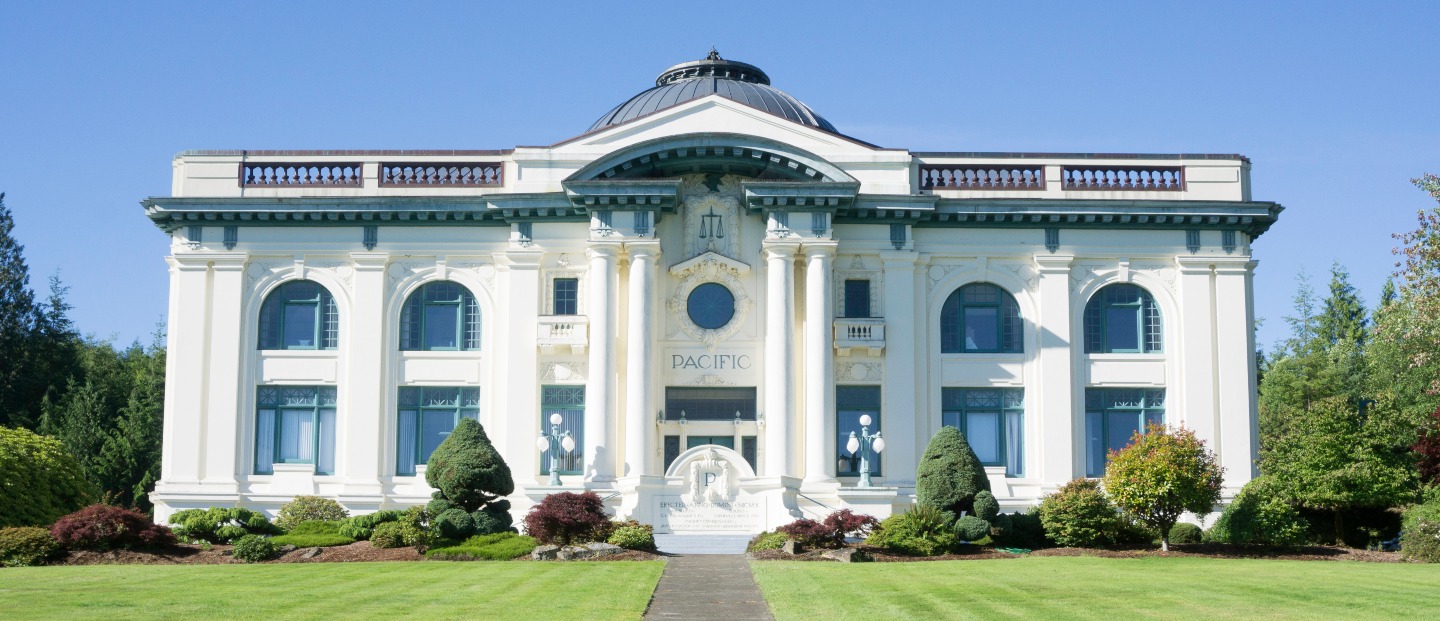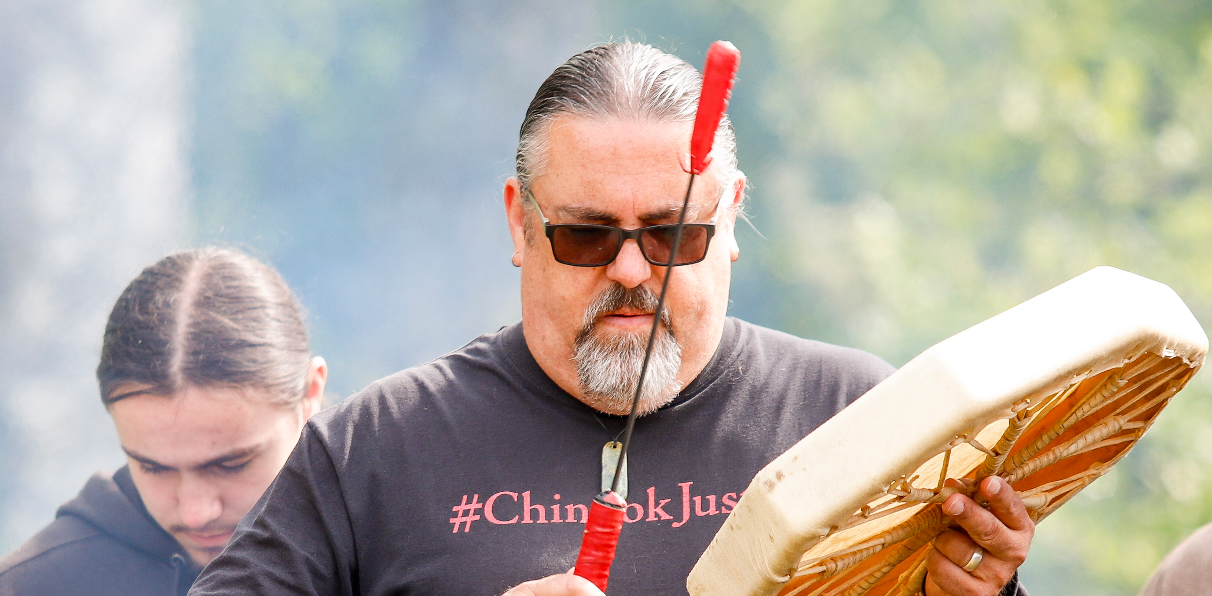Freedom timber sale hangs in the balance: $240,000 bond demand limits conservation group’s options
Published 2:03 pm Tuesday, May 6, 2025
NASELLE — Nine months after the Pacific County Superior Court rejected the Legacy Forest Defense Coalition’s bid to halt the Freedom timber sale, the fate of the stand, 17 miles northeast of Naselle, still hangs in the balance, while inching ever closer to the sawmill.
LFDC appealed the superior court’s initial decision to the Division II Washington State Court of Appeals last August, while also requesting from the appellate court an emergency stay on timber sale operations, pending the outcome of the appeal. Less than a month later, the appellate court ruled — without having heard the merits of the case itself — that the LFDC would have to make that request with the Pacific County Superior Court first.
And so this past February, Judge Donald J. Richter once again found himself listening to arguments from attorneys for both the environmental group and the state. His final ruling came mid-April.
Trending
Without reversing his initial decision from last August, in which he determined that the DNR’s technical expertise should “be accorded substantial weight,” he ruled that the LFDC was indeed entitled to an emergency stay of sale operations, pending appeal — but only if it posted bond.
A $240,437 bond, to be exact, which is the amount the DNR says that litigation-related delays in logging operations will cost it and potential sale beneficiaries. The deadline Richter set for the LFDC to post this bond, April 30, has come and gone. The environmental group has appealed the order for the bond itself with the appellate court. But whether that will be enough to keep the timber’s purchaser, Stimson Lumber, from logging the trees in the meantime is still uncertain. Should that happen, the appeal would be moot.
Legacy forests in play
At a time when other courts seem poised to hear the underlying argument at hand and the DNR itself seems newly receptive to letting aging trees stand, the Freedom sale represents an especially thorny outlier in the ongoing, oft-duplicated legal battles over so-called “legacy forests.” The superior courts of several other neighboring counties have granted the LFDC injunctions against various other timber sales in the state’s structurally complex forests, while also denying the DNR’s request for a bond in those cases. Richter himself acknowledges all of this.
“I’ve made the decision — it could be wrong, but that’s what the appeal is for, if that’s what we’re going to have,” he said at an April 21 hearing. “And as indicated, there have been several of these matters that have been stayed now, so it’s clear to this court that these issues are going to get to the merits and they’re going to be heard by a higher court at some point.”
“So if they’re the same argument, I don’t feel that this is going to be an issue that is going to escape further review just based on my ruling,” he added.
Trending
DNR living up to plan?
And that argument boils down to a simple question: is the DNR adequately following the policies it has put in place in order to meet the forest structural complexity goals stipulated in its Habitat Conservation Plan?
Part of what has made the Freedom case such a sticking point is that it is still partially mired in a debate over whether the trees in question are structurally complex in the first place. The two sides flatly contradict each other on this point, with LFDC founder Stephen Kropp absolutely certain that the century-old stands in question are structurally complex. Even he concedes, though, that the term is a loose one.
“It’s a bit amorphous,” he said. “There’s an awful lot of room for interpretation.”
That said, the DNR itself, now under Commissioner Dave Upthegrove’s leadership, has made moves to both clarify the definition of structural complexity and expand the suite of forests it intends to leave standing for the sake of habitat conservation goals, bringing the agency’s vision somewhat further in line with the environmental group’s.
“[Structural complexity] hasn’t really been an issue since Freedom, because DNR’s been sending its foresters and habitat biologists out to every timber sale since then, we believe, to do the analysis,” Kropp says of the more than 30 sales his group has challenged.
“In the majority of cases…they found that they’re Maturation 2 or higher,” he continues. Maturation 2 is the stand development stage the agency has decided to pause timber sales at in order to reevaluate whether they ought to be harvested or deferred.
But Freedom is not one of those cases. And by the time the courts decide on the underlying merits, or the agency itself updates its criteria for designating and deferring structurally complex forests, the timber it contains may very well be cut.










